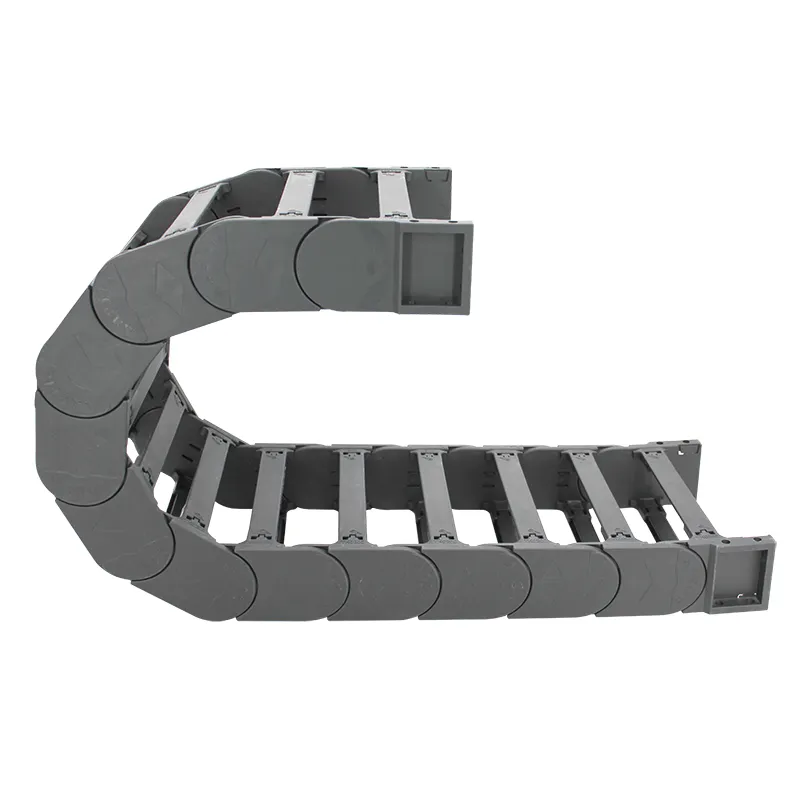Exploring Different Types of Chip Conveyor Systems and Their Applications
Understanding Chip Conveyor Types An Essential Guide for Manufacturing
In the world of manufacturing, particularly in machining and metalworking, the effective removal of chips generated during the cutting process is crucial. Chip conveyors play a pivotal role in ensuring a smooth production flow by efficiently transporting these chips from the machine tool to a disposal area. Various types of chip conveyors are available, each suited for specific applications and materials. This article provides an overview of the most common types of chip conveyors used in the industry and their unique features.
1. Tapeless Chip Conveyors
Tapeless chip conveyors, also known as metallic or drag chain conveyors, utilize a chain system that drags chips along a flat surface. Their design minimizes the potential for entanglement, making them ideal for handling long, stringy chips produced by turning and milling operations. The lack of a belt means less maintenance is required, and they can be customized to handle various chip sizes and compositions. However, the initial investment for tapeless conveyors can be higher due to their robust architecture.
2. Scraper Chip Conveyors
Scraper chip conveyors are designed with a series of connected scrapers that move along a trough, pushing metal chips toward a discharge point. This type of conveyor excels at handling larger, heavier chips and is often employed in heavy-duty machining applications. While scraper conveyors are highly effective, they can struggle with fine particles. Additionally, careful alignment and regular maintenance are necessary to ensure optimal performance and efficiency.
3
. Auger ConveyorsAuger conveyors, also known as screw conveyors, use a spiral screw to transport chips through a tube or trough. They are capable of moving a variety of chip types, including small, broken pieces and fine particles. Their enclosed design also helps to ensure a cleaner work environment by minimizing dust and chip spillage. However, auger conveyors lack the ability to handle long chips effectively, and care should be taken to choose the appropriate screw design for specific material types.
chip conveyor types

4. Belt Conveyors
Belt conveyors are one of the most commonly used types in various industries, including machining. These conveyors consist of a belt made from rubber or plastic that moves continuously over pulleys. They are incredibly versatile and can handle a wide range of chip sizes, from fine dust to larger shavings. Their design allows for easy integration into existing machines and systems. Despite their flexibility, belt conveyors may require more frequent maintenance compared to other conveyor types to ensure belt tension and alignment are maintained properly.
5. Magnetic Chip Conveyors
Magnetic chip conveyors leverage magnetic fields to move ferrous chips away from the machining area. This type is particularly effective for machining operations involving iron or steel, as it prevents chips from becoming tangled in other conveyor systems. Magnetic conveyors can be mounted at various angles to direct chips to different locations easily. However, they are not suitable for non-ferrous materials, and their application is limited primarily to ferrous machining processes.
6. Submerged Belt Conveyors
Submerged belt conveyors are designed to operate in coolant or lubricant applications. The belt is submerged in the fluid, allowing for efficient chip removal while simultaneously removing heat from the machining process. This type supports the longevity of the tooling and improves overall cutting performance. Such systems are ideal for high-speed machining operations; however, they require significant maintenance to manage the fluid levels and ensure that the consumables remain uncontaminated.
Conclusion
Selecting the right chip conveyor type for a specific manufacturing application is essential for optimizing production efficiency and maintaining a clean environment. Each of the conveyor types mentioned above offers distinct advantages and may be better suited for particular materials, chip sizes, and operational environments. Understanding these variations will help manufacturers make informed decisions that align with their operational needs, thereby enhancing productivity and minimizing downtime in the machining process. Whether it's a tapeless, scraper, auger, belt, magnetic, or submerged belt conveyor, the right choice will lead to a more efficient and productive machining operation.








